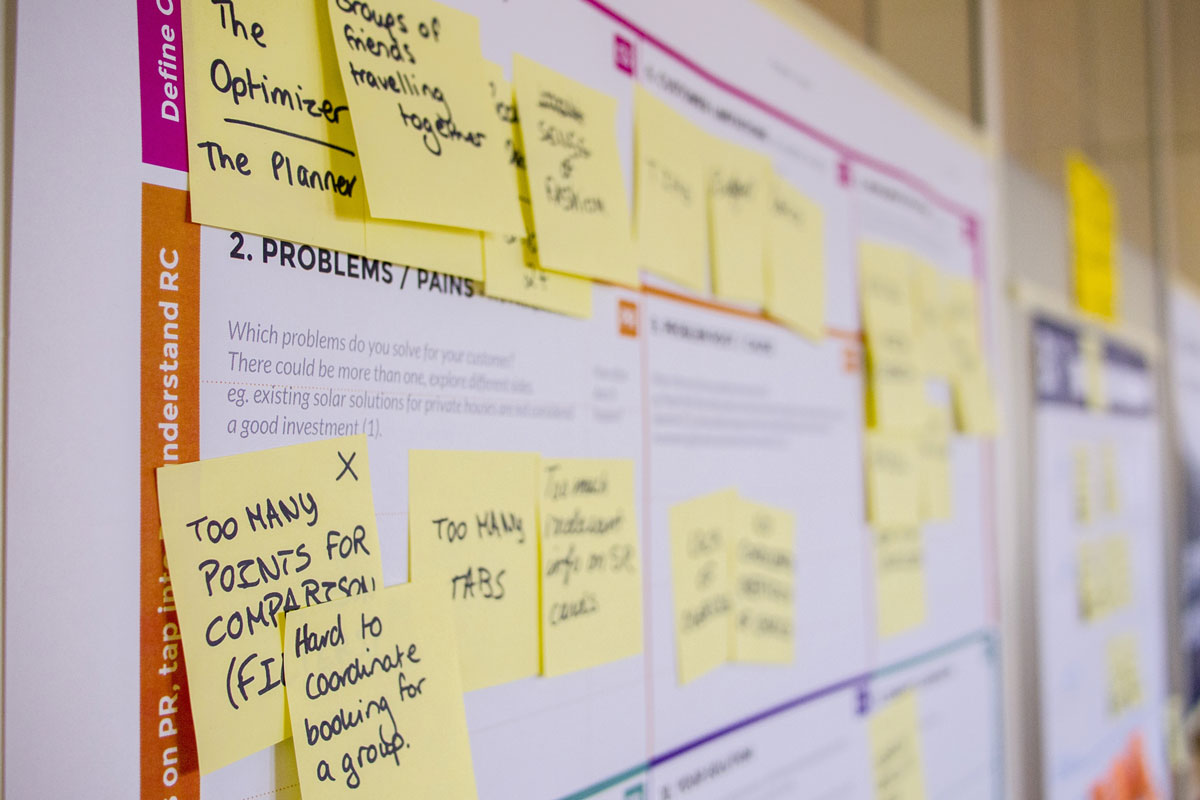Digital transformation takes different shapes. So many, in fact, that it can be difficult to pinpoint exactly what it means.
But one thing is constant: people. People are the heart of any business and need to be at the heart of any digital transformation. But so often, the people part of digital transformation is neglected.
With that in mind, here’s how you can better manage the most important aspect of digital transformation — the people.
Why people matter for digital transformation success
All too often, one of the main stakeholders of digital transformation projects are ignored. These end-users are not customers. They’re the staff who drive businesses forward, and are the ones most frequently neglected in digital transformation discussions, despite their buy-in being a cornerstone of successfully deployed projects.
The reason they’re important to get on board is that without their buy-in:
-
You’re liable to miss core problems, both in the processes you’re trying to fix and in the processes, you’re replacing them with.
-
Poor buy-in is likely to lead to workarounds — workarounds that ultimately undermine the ROI of a digital transformation initiative.
Beyond project success, internal users are what separates a good business from a great one. The more they’re included in the digital transformation conversation, the better off the organization will be.

3 ways to help your people
If people are so important, then how can you help ensure your digital transformation projects serve them?
1. Research
Identify manual processes, systems to facilitate cross-departmental collaboration.
Go and talk to the people involved and see how they spend their day. Sit through how they do things. If you can, actually DO their job for a day or a week. The better you understand the pain, the better you can identify manual processes and systems that are ripe for automation.

What’s more, you can also start to get a more accurate picture of their business process.
When it comes to business processes, we tend to draw pretty maps with straight lines and perfectly defined processes. But in reality, organizations are more like ecosystems, where the way things get done emerge organically and evolve over time. The only way to truly understand (and map) these ecosystems is by actually going and spending time in them, giving you insight into informal processes, knowledge transfers, and cross-departmental collaboration that you might otherwise miss.
2. Provide tools (and training)
Once you understand the reality of those who use the system, you need to understand the on-paper business process and find tools that map to both.
One great example of this is DWF’s digital transformation. They’re a law firm in the UK who wanted to become much less reliant on the paper processes that drive the legal profession.

So they created a system that essentially digitized paper files as they entered the organization. It was the perfect tool, because it worked within existing (externally imposed) business processes, while still helping drive efficiencies for the people who used the system — admin staff and lawyers, who are often reviewing documents on the move.
By understanding how people did their jobs, DWF was able to deploy tools that worked within existing processes and solved a major pain — people not having the files they need or lugging around buckets of paper as they bounced from meeting to meeting.
3. Create a data culture
A data culture is an organization where the norm is to make data-driven decisions.
And to do that, we need two things: first, understand what data is, and second, have a clear way to take the data that lives buried within systems and analyse it to drive insights.

Any piece of information, say, a website metric or a statistic is information by default.
It only becomes data when some analysis is done, and it’s only an insight when some action can be taken on that data. For example:
Second, a data culture is where information is not only collected but converted into meaningful data to drive insights that lead to business decisions.
A good example of this sort of transformation is Cary, North Carolina.
Like lots of governments, Cary has a lot of processes to complete but an ageing method for doing so. To overcome that challenge, they deployed Salesforce as a platform for digital transformation.
While this brought plenty of benefits, the most significant was that they were able to get insights into what residents actually want and need — leading to a culture of data-driven decision-making.
Conclusion
Ultimately, technology is a tool. A tool for better employee experiences, or better customer experiences. It’s there to achieve an objective. But digital transformation moves beyond tools.
Digital transformation isn’t about buying and deploying new technology. It’s about disrupting how an organization achieves its core objectives.
And that isn’t a job for a tool. It’s a job for the people who power the tool.
That’s why people are the core of digital transformation, and that’s why it’s essential to build systems that work for them.
Otherwise, it’s not digital transformation. It’s just new tools to do the same old thing.
